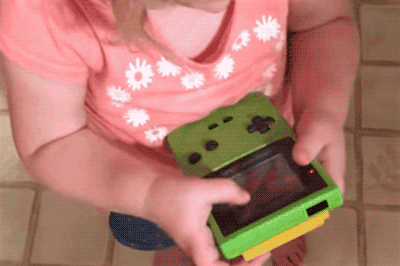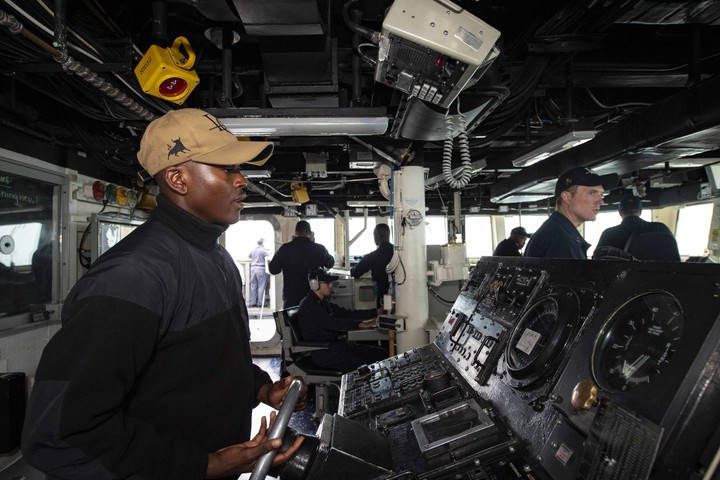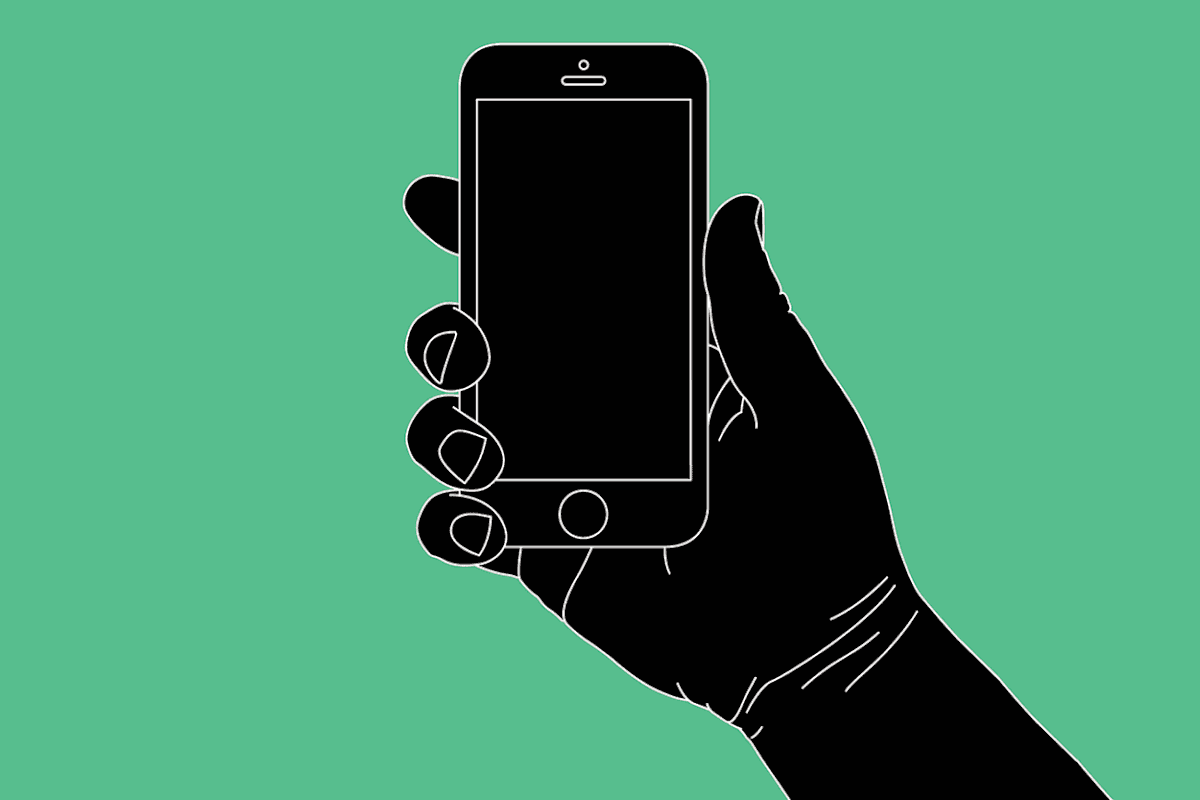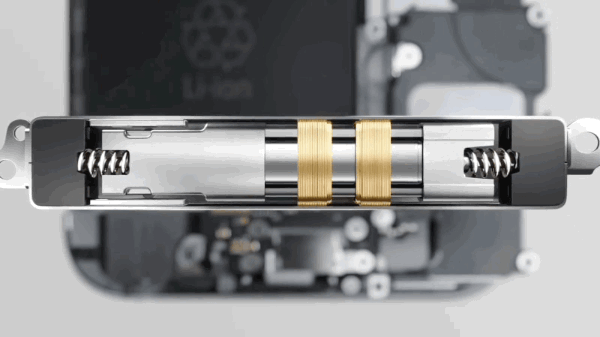Touch screens have become the mainstream interactive mode for electronic products, and young people who grew up with touch-screen devices are called “touch screen generations.”

▲ Little girl: Why didn’t this screen respond?
In addition to smart phones, touch screens are also used in large vehicles such as cars and warships. In science fiction movies, all planes are often turned into touch screens. It seems that touch screens are the future of interaction.
However, not everyone likes touch interaction.
According to USNI News Network Report, the US Navy plans to stop using the touch screen throttle and steering gear control system in the destroyer from 2020, to restore the mechanical control system.
Isn’t this a retrogression in technology? Why is the US Navy doing this? In the final analysis, the touch screen on the destroyer is too difficult to use, which has already threatened the safety of the crew.
The US National Transportation Safety Board (NTSB) issued a Report, indicating that the design of the destroyer control system is causing an accident.

▲ John McCain after the shipment accident. Image from: ABS
According to the accident investigation report, on August 21, 2017, the USS John S. McCain destroyer collided with the Liberian tanker Alnic MC in the Singapore waters. The report details the cause of the accident:
When the crew tried to switch the propulsion system at the console, they lost control of the warship and let the warship enter the tanker channel. The accident resulted in the death of 10 crew members on the destroyer and 48 injuries.
The report said that although fatigue driving and lack of training are some of the causes of accidents, complex touch screen control systems are hard to blame. The console (SCC) is located in the center of the warship bridge, and the crew can control the destroyer through the touch screens on either side of the console. The transfer of control rights is very complicated, and it is prone to improper operation and accidents.
The investigators therefore believe that the use of mechanical throttles on warships is preferred because it provides immediate tactile feedback to the operator. The report pointed out that if the accident warship used a mechanical control system at the time, it might find the problem earlier and suggested that the Navy should follow better design standards.
US Naval Sea Systems Command (NAVSEA) spokesperson Colleen O’Rourke said the Navy is planning to install mechanical throttles for all Alibek-class destroyers equipped with integrated bridges and navigation systems, the first mechanical The throttle valve installation is scheduled to be completed in the summer of 2020.

▲ Old-fashioned warship console.
But the touch screen control system on the bridge will not be completely cancelled. Lorin Selby, chief engineer of the Navy, said that it is necessary to optimize the console design of different ships through hardware and software optimization, so that the crew can enter the human-machine interface more seamlessly. , to understand the various functional operations faster.
The incident of the US warship also caused a problem. Can the touch screen really replace physical interaction such as buttons?

Ai Faner once mentioned in the article “Full screen does not understand the button “Shuang”, although the smartphone has gradually The physical key is chopped off, but our instinct for the button is still there. More precisely, the touch in the interaction is still irreplaceable, but it is no longer feedback through the physical button.
For example, Apple took Taptic Engine vibration feedback to simulate real button feedback, Google’s third-party input method Gboard added vibration feedback, LG V30 tactile feedback technology to simulate pressing the shutter HD TouchSense touch, Sony Xperia XZ2 also A new dynamic vibration technology is adopted.

Therefore, when the touch screen appears to be a problem encountered in US warships, we may not have to return to the physical interaction interface with the waste of food, and we can use technology to touch the touch interaction and physical interaction. Better combination.
The title map and some of the maps are from: US Navy Photo